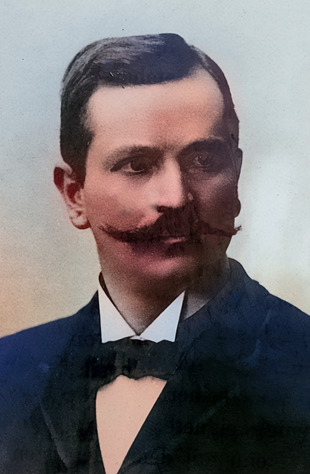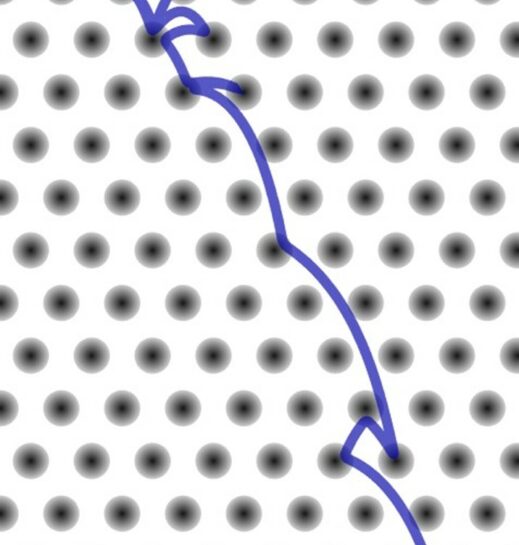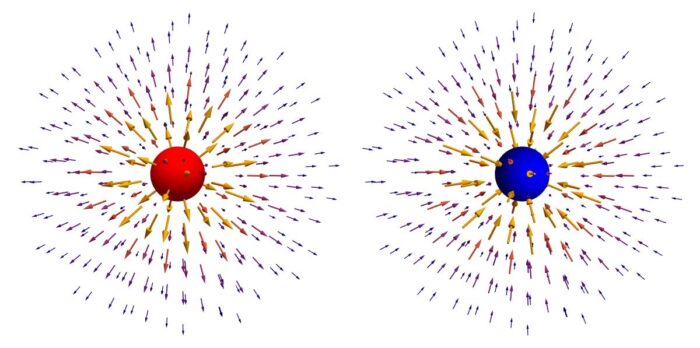The Free Electron Model
There is an excellent chance that you don’t understand how charges move in conductors or how energy moves in your circuit. Preconceptions you’ve held since high school and college might be affecting how you layout your printed circuit boards.
Don’t worry; you stand in good company with most electronic engineers – the preconceptions that lead to bad layout practices permeate the industry.
When you imagine how charges move in a conductor, the chances are that you’ve got one man to thank for it. Over 120 years ago, Paul Drude presented a model of charge movement in a conductor that is in widespread use today. That model has perpetuated into textbooks that have taught untold numbers of physics students through the decades.

Drude’s idea is also called the free-electron model (later the Drude-Lorentz and Drude-Sommerfield model.). Virtually every high school and college physics textbook teaches conduction based on this primitive model.
In Drude’s model of conduction, charges move through a conductor in the presence of an electric field, and the electrons scatter as they move from atom to atom, much like the balls in a pinball or Plinko machine. The scattering gives rise to resistance and explains Joule heating, and those are the first equations presented and taught when the textbook transitions to the subject of current electricity.
Unfortunately, the model leads engineers to focus solely on the charge movement inside a conductor and not on the conductor’s surface or space around a conductor.
A cursory search of current physics textbooks on the shelves of the local used textbook store only produced a single undergraduate textbook that teaches electronic transport differently: “Matter and Interaction” by Chabay and Sherwood.
Drude Got it Wrong!
Drude created his model in 1900[1], just 3 years after J.J. Thomson discovered the electron[2]. For reference, Thompson proposed his “Plum Pudding” model of an atom in 1904 before Ernest Rutherford discovered that atoms had a nucleus in 1911[3]. James Chadwick didn’t discover Neutrons until 1932[4]. So while the model conforms to accepted physics models and can explain basic ideas such as incandescence, Ohm’s law, and Joule heating, the Drude model is incapable of explaining transmission line physics. Drude’s model is the one that you likely learned in school that influences your day-to-day thoughts of what happens in a conductor but there are ways to view conductors a bit differently.
Footnotes:
[1] https://en.wikipedia.org/wiki/Drude_model
[2] https://aps.org/publications/apsnews/200010/history.cfm
[3] https://aps.org/publications/apsnews/200605/history.cfm
[4] https://www.aps.org/publications/apsnews/200705/physicshistory.cfm



